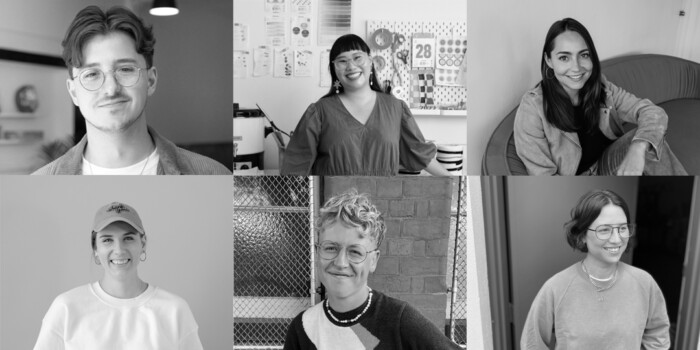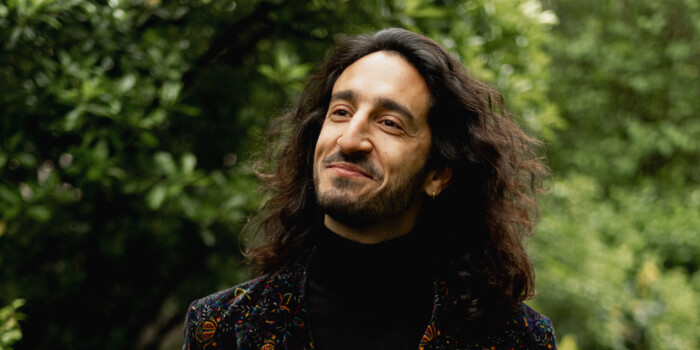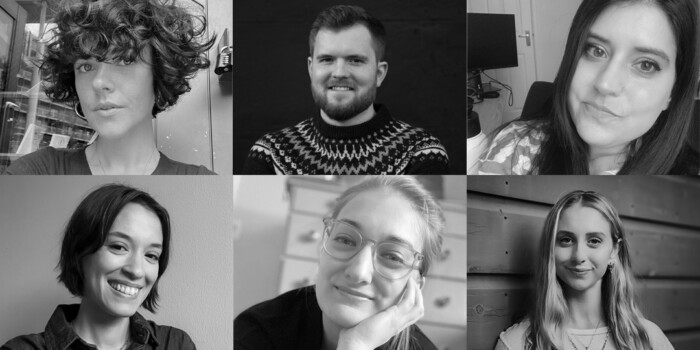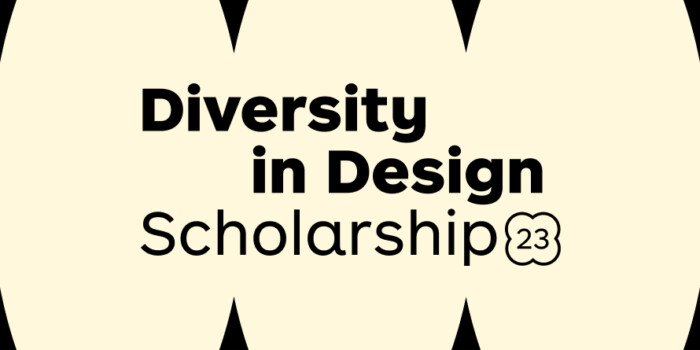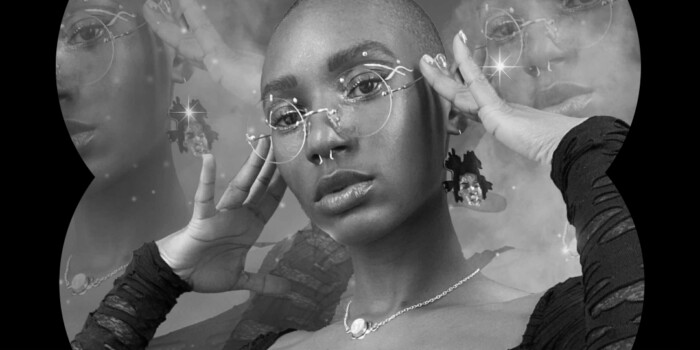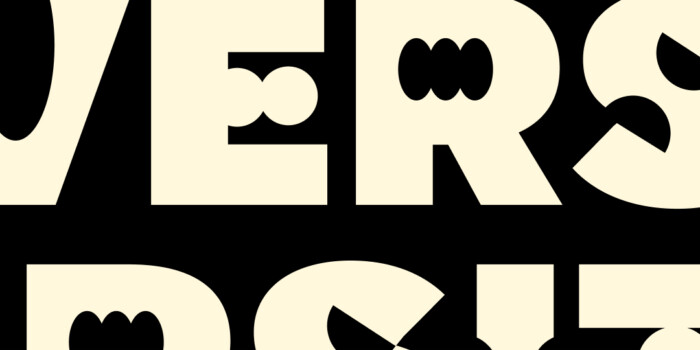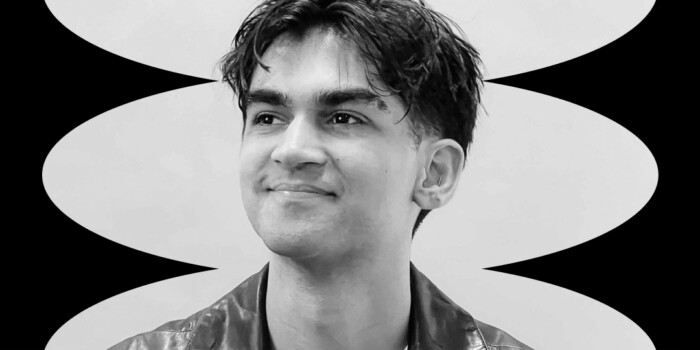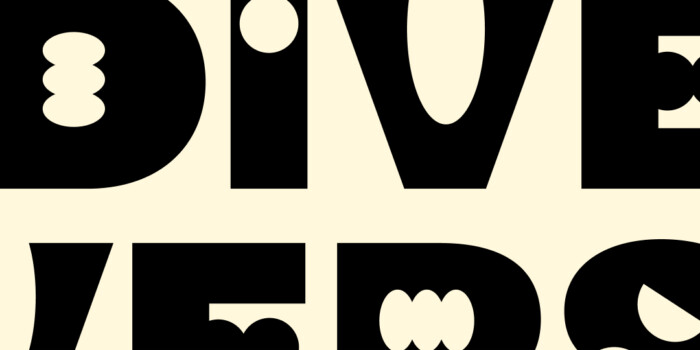An Interview With Ben Grandgenett: The New York Times Art Director
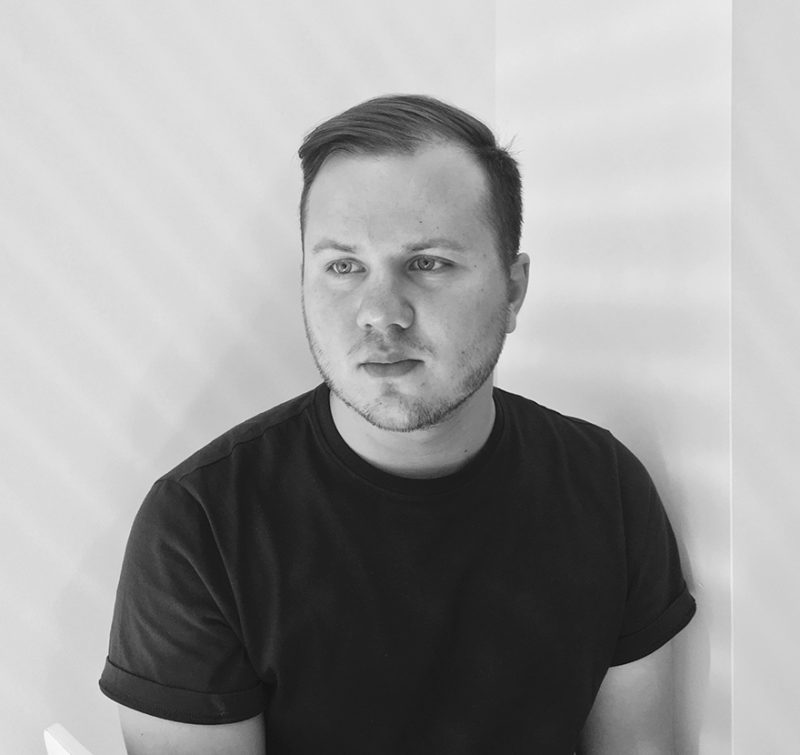
Ben Grandgenett is currently based in Brooklyn and a Deputy Art Director at The New York Times Magazine. A few months ago Ben came for an industry guest lecture at the New York campus and impressed our students with his amazing work. He talked about how he became a deputy art director, the challenges he faced as a designer, the way he approaches a new project, and his favourite NYT magazine issues. Read on for our complete interview with Ben, with imagery from his projects.
You discovered your passion for art midway through high school. Is this when you became more involved in creative projects? At what point did your realize your love for design and making a career of it?
I grew up in Nebraska and spent my childhood mostly playing sports, studying and watching TV. I started to get into art more seriously when I was in high school and discovered I had a passion for drawing and making things. It was a different kind of thinking than all of my other classes and I felt engaged working in a new way. A nearby art school came to talk about graphic design to our art class at some point and it put the idea in my head that a career could be made doing something with it.
What do you find most challenging about being a designer and what do you love the most?
I find the most challenging (and fun) part of being a designer is constantly trying to think of things in new ways and pushing yourself to create something new. The process of designing can be intense and requires a lot of iteration. Sometimes it can be hard to see the forest for the trees in those moments. That said, I’m a very curious person and I think I’m suited to this way of thinking. I always seek opportunities to push myself to be better and design provides a great platform for that.
Being able to learn and try new things is such a rewarding part of being a designer.
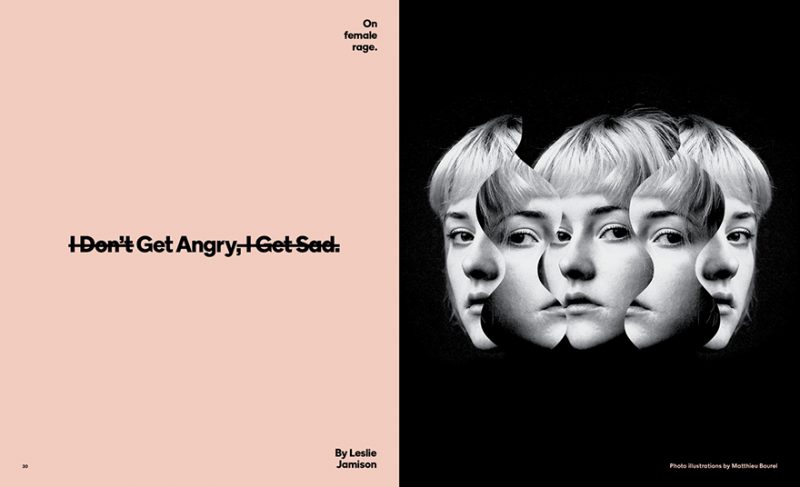
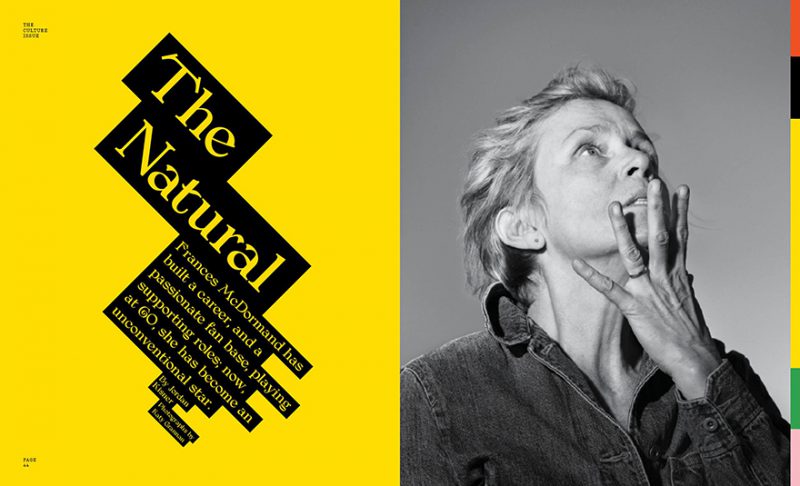
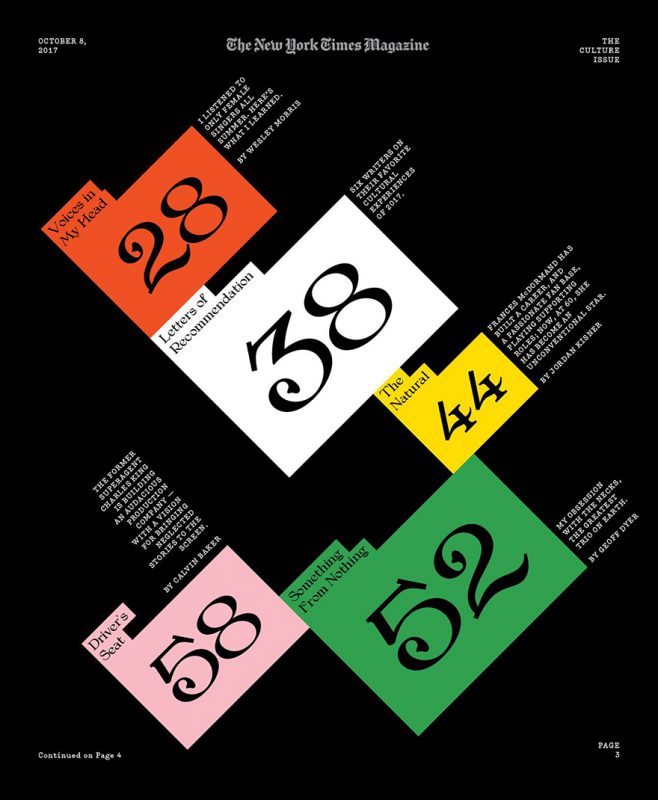
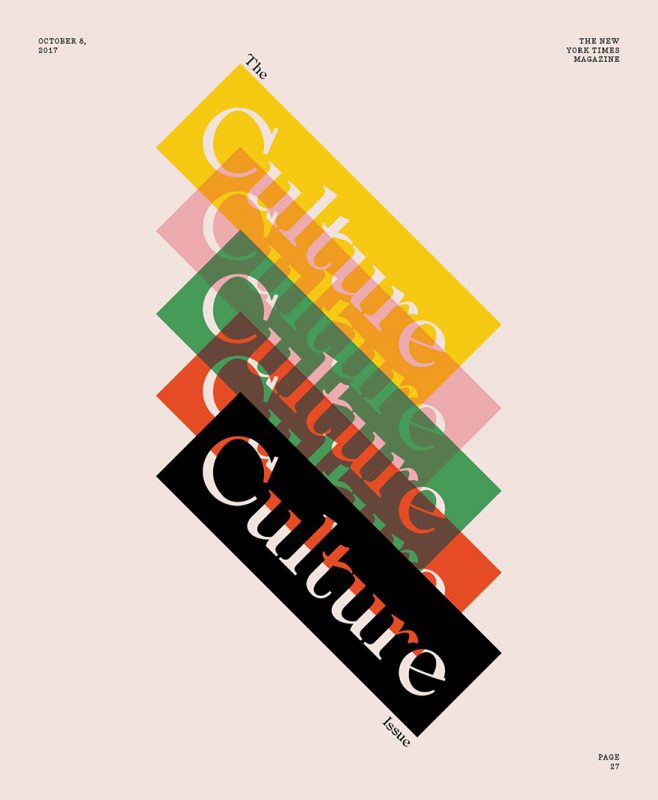
You’ve had some great mentors in the past—James Victore, John Gall and Debbie Millman. Do you find that it’s important to have guidance from creatives especially when you’re starting out?
I think having guidance can certainly help. Listening to people whose work and experience you admire allows you to gather a perspective on what it takes to get there. One thing I knew near the end of my time at The School of Visual Arts was that I wanted to work for someone who I respected and could learn from. I was incredibly fortunate to find that at The New York Times Magazine through Arem Duplessis, Gail Bichler and Matt Willey.
At the end of the day though you have to be able to listen to yourself and trust your own instincts.
You first discovered The New York Times Magazine while working on a research assignment at the School of Visual Arts. Tell us about your experience starting out as an intern there and working your way up to a deputy art director?
I came across The New York Times Magazine as a junior at The School of Visual Arts. I was working on a student project for the amazing designer and instructor, Carin Goldberg, to redesign the NYT Book Review. Through researching that project I came across the magazine and the incredible work that the then-design director Arem Duplessis and his team were doing. It was very inspiring to me and I was fascinated by the content. The idea of one day being a designer there quickly became a dream job. I reached out Gail Bichler who was the art director at the time and asked about the possibility of becoming an intern for the magazine. A few weeks later I interviewed and waited what felt like a year (actually only a couple weeks) to hear back and found out I got the position. The first day felt a bit surreal. I was surrounded by these incredible designers with this new opportunity. I really committed myself to try to become essential in that environment. I asked questions, hovered (at a respectable distance) around critiques, listening and attempting to glean any and all information I could. I was very fortunate that Rem gave me the opportunity to help him comp up designs and concepts that he wanted to pitch to the editors. I took those comps as an opportunity to show my sensibility and thinking, and also that I could work quickly. A few months into the internship, Rem offered me a position as a junior designer. I started working a few days after graduation. Being in the junior role, I did about 70% design (working on front of book columns like ‘Who Made That’) and 30% doing administrative work (processing invoices, ordering supplies, etc.) A few months in I was able to start designing features, and not long after that I was promoted to one of the open designer positions where I worked for the next 3.5 years until I was promoted to the deputy art director position in May 2017.
What does a typical day look like and can you give us some insight into your role as a deputy art director?
On any given day I am in the process of reading drafts for upcoming articles, art directing illustrators, conceptualizing art for a story, overseeing our front of book columns, and, of course, designing.
Working at a weekly magazine, the pace can be pretty demanding, but by the end of the week the issue goes out the door and you get to start all over again which is really satisfying.
The opportunity to work on a new magazine story every week pushes you to develop new ideas. Were there any specific magazine stories that were your favourite?
Most recently, I worked on our annual Music Issue in which I did lettering and made marks throughout the entire issue.
I wanted the design to provide an attitude to the issue that felt reminiscent of music in some way but also disrupted the layout and imagery a bit.
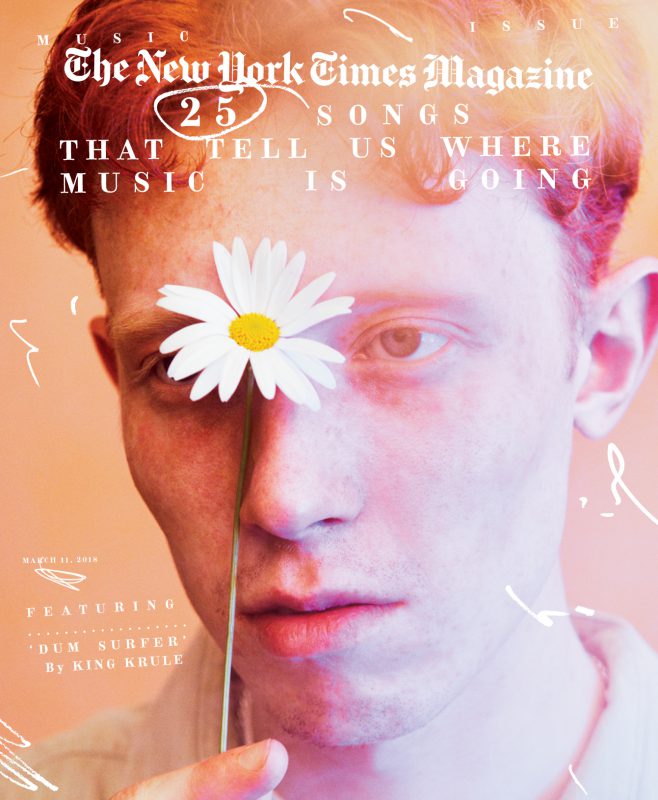

Additionally, in the summer of 2017, I worked on one of the magazine’s special ‘print-only’ broadsheet sections which are a supplement in the sunday paper. The theme of the section was “The Great American Solar Eclipse of 2017” and was meant to provide background and insight into the incredibly rare phenomenon of a coast to coast eclipse across the United States. We commissioned the artist Geoff McFetridge to provide illustrations throughout.
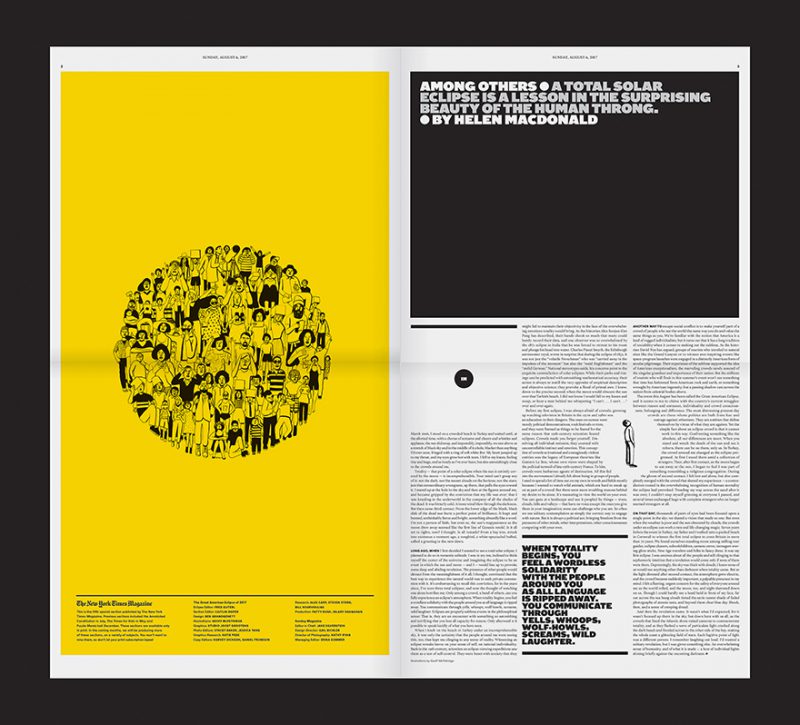

During the lecture, you talked about creating a custom font based on vintage New York subway signage for the magazine story, Feast in New York. Can you tell us about any other custom typography projects you created for the magazine?
Custom typography has become a tool that I frequently rely on. I often use it to stylistically reflect the content or attitude of a story in a way that goes beyond what the magazine’s family of fonts are able to do. The feature opener pages of the magazine provide an opportunity to be creative with the type. As I mentioned previously I’ve done lettering throughout the music issue, additionally I’ve created lettering for a profile on Russell Westbrook, for a surgeon who performs brain surgery on conscious patients, for our Tech and Design issue, I made custom numbers for our Olympics issue as well as our 2017 Money issue.
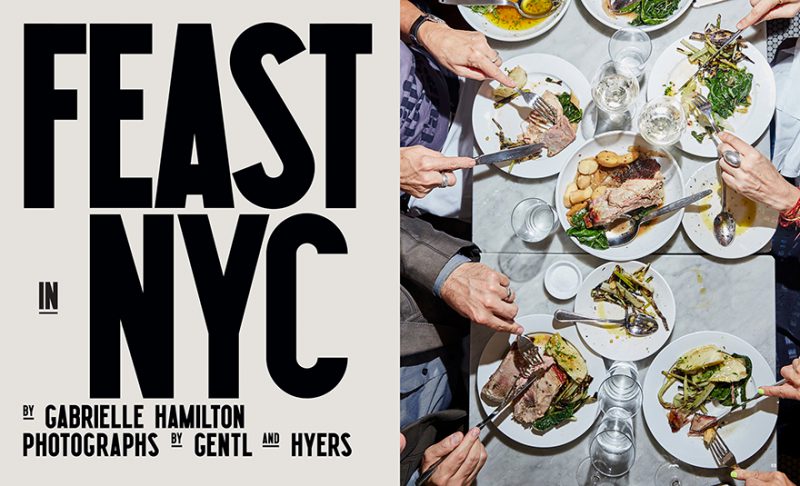

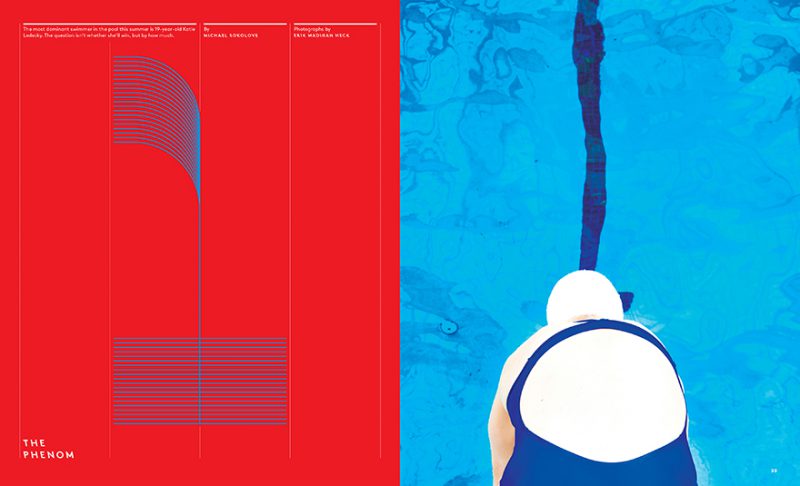
You talked about the importance of seeking out new ideas, creating constraints and pushing your design to the limit. Can you elaborate on your process of coming up with new concepts and the way you approach a new project?
Each project is different, but I almost always begin by trying to break the brief down to it’s essential elements, if possible summing it up in a single sentence.
I do a lot of word association and list making just to try to have everything in mind in order to make connections.
From there I try to associate visuals with those elements in order to make unique connections. It’s really important to try to come up with as many directions as possible, and not be too precious with anything at first. Often ideas make sense in theory but don’t work so well in practice which is why it’s necessary to try things out to see if they might work.
What is inspiring you at the moment?
At the moment I’m most inspired when I’m traveling or getting as removed from the computer as I can be. New York City is an amazing place to live as a creative person and is never lacking in something to see or do (or eat!).
Do you think personal projects are important for a creative and why? Do you have any interesting projects coming up?
My “personal” projects tend to be the freelance work I do outside of my day job as a magazine designer and art director. It’s nice to be able to work in another format from time to time. I think the benefit of personal projects is that they can be a place for experimentation and play and just making nonsense in a way that client work might not allow.
New York is a city full of culture and an inspiring place for a creative to be. What inspires your design style?
Bodega signage and Bill Cunningham.
What’s an important skill for a designer to have?
Curiosity, humility, passion, the ability to think conceptually, working quickly, communicating your ideas, and adapting to new directions.
Huge thanks to Ben for coming in as a guest speaker! Be sure to check out his website and follow him on Instagram and Tumblr.
Want to win some amazing prizes and stay in the loop with all things Shillington? Sign up to our newsletter to automatically go in the draw.
